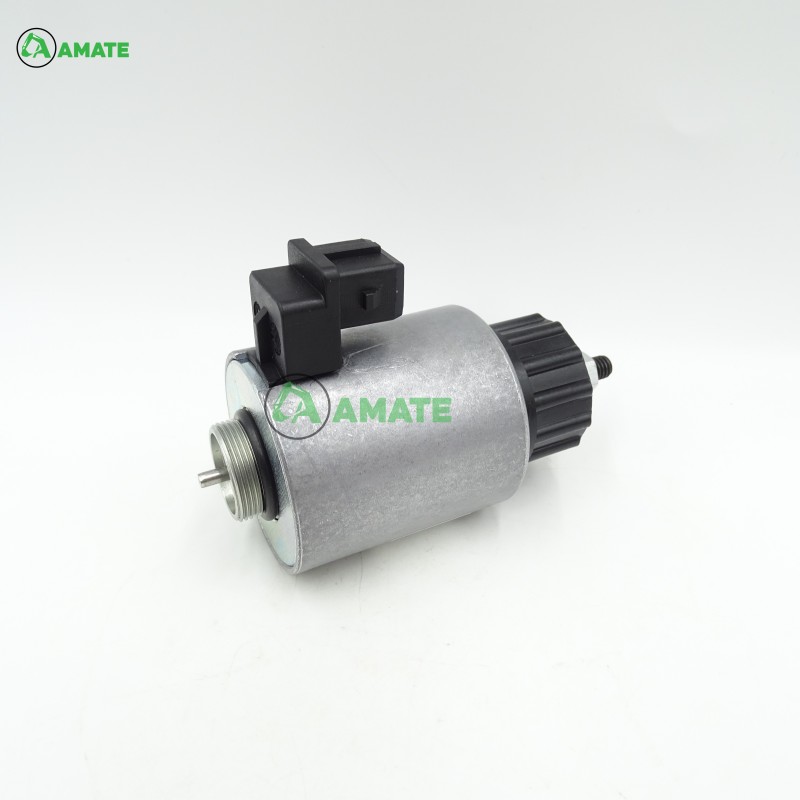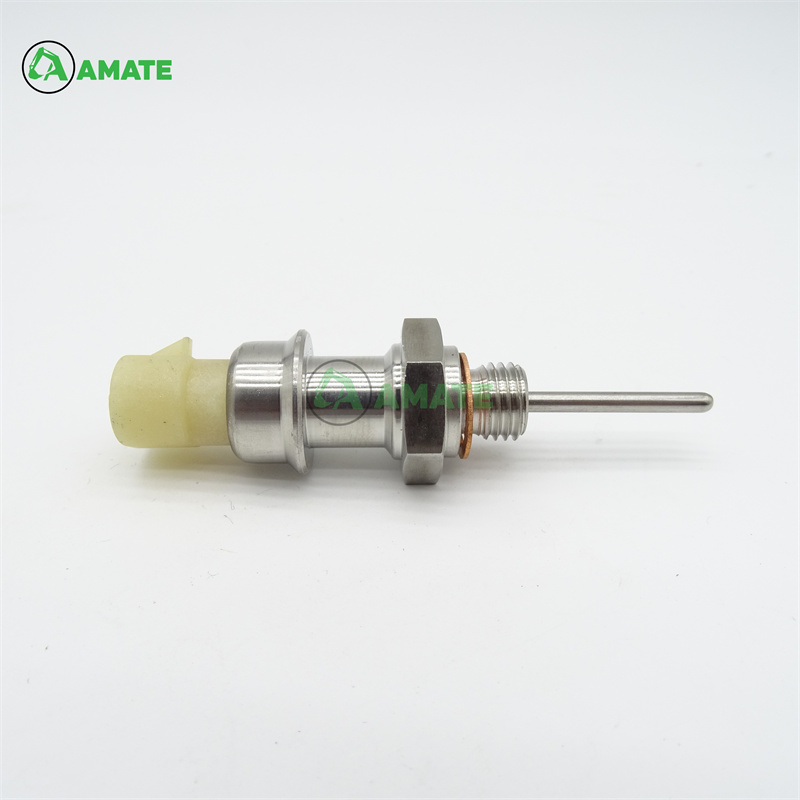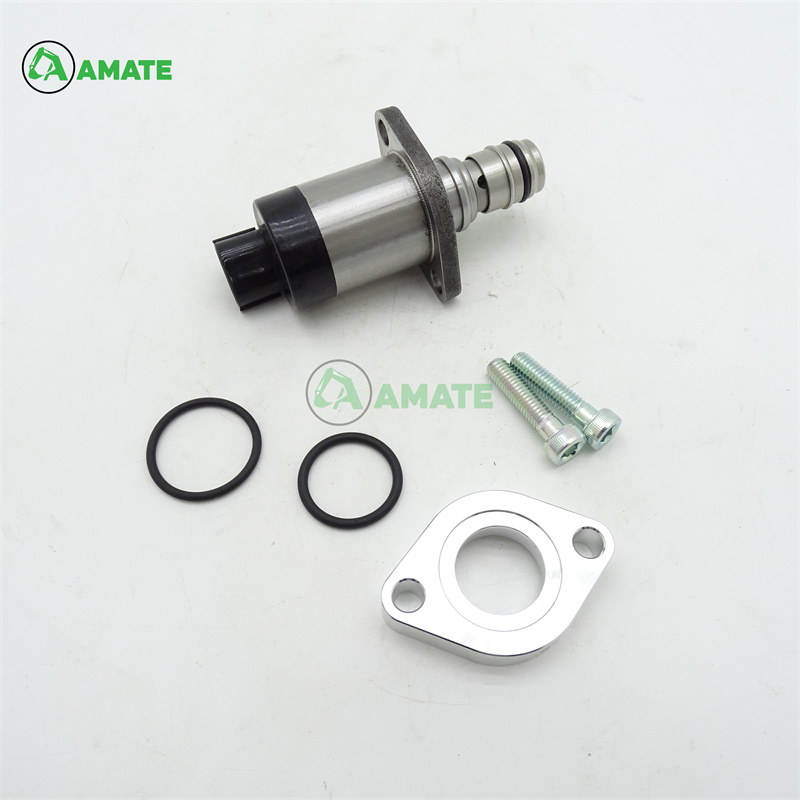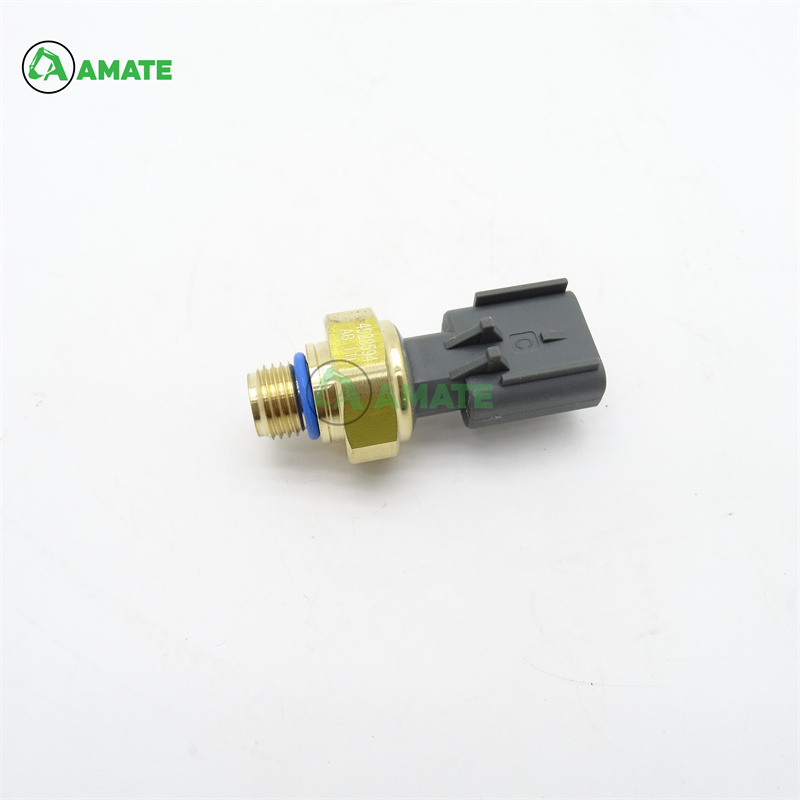Control Valve Industry Technology Trends and Market Analysis
Control valves, as key actuators in industrial automation systems, are widely used in process industries such as petrochemicals, power generation, water treatment, and pharmaceuticals. Their technological development and market demand are closely linked to the advancement of industrial intelligence. The following analysis focuses on three aspects: technological trends, application scenarios, and the competitive landscape.
Technological Trends
In recent years, the control valve industry has developed towards high precision, intelligence, energy conservation, and environmental protection. With the advancement of Industry 4.0, the proportion of smart valves with integrated sensors and communication modules has increased significantly, supporting remote diagnostics and predictive maintenance. In terms of materials and processes, the application of special alloys and ceramic sealing technologies has improved the corrosion resistance and sealing performance of valves under extreme operating conditions. Furthermore, under increasingly stringent environmental regulations, low-leakage valve designs have become a research and development focus.
Application Scenarios
The energy industry (such as oil and gas transportation and thermal power generation) remains the largest demand area, accounting for approximately 35% of the total market share. Demand for high-pressure, corrosion-resistant valves in the chemical industry remains stable. Global water scarcity is driving growth in the water treatment industry, which in turn is driving the growth of intelligent control valves. Among emerging applications, the demand for ultra-low-temperature valves in the hydrogen energy industry is spawning new market segments.
Over the next three years, with the shift in global energy structures and the accelerated development of digital factories, the control valve market is expected to maintain an average annual growth rate of 5-8%, with the penetration rate of smart products expected to exceed 40%. However, attention should be paid to fluctuations in raw material prices and changes in technical barriers brought about by upgraded industry standards.









